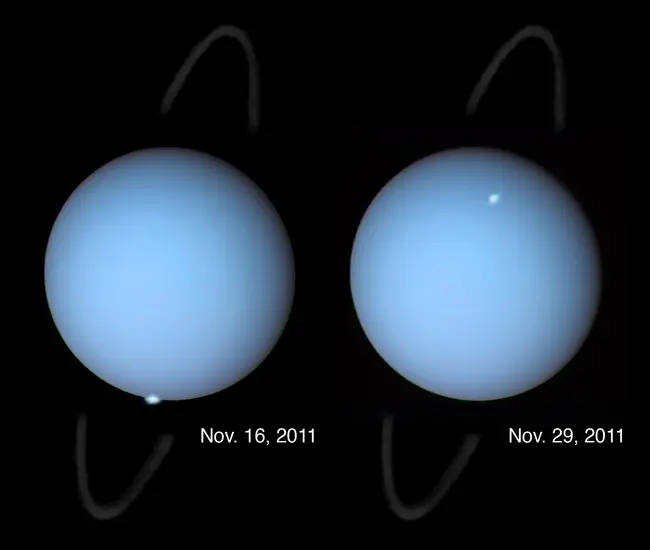
Smithsonian Planetary Image Facility
Image Holdings for Uranus
6
Holdings
Voyager 2
- Press Release Photography
- Images of Uranus, its Rings and Satellites
- Press Release Photography
Cartographic Products
Shaded Relief Maps
Pictorial Maps of Satellites
- 1:25,000,000 - preliminary
*The above items are only for reference use and to review data before purchasing from data providers.
Additional Resources
About Uranus
Spacecraft/Missions
Online Imagery
Please Note: The facility does not sell imagery and cannot provide reproduction services. A guide to Resources for Earth and Planetary Research is available to also help individuals find available imagery online.











